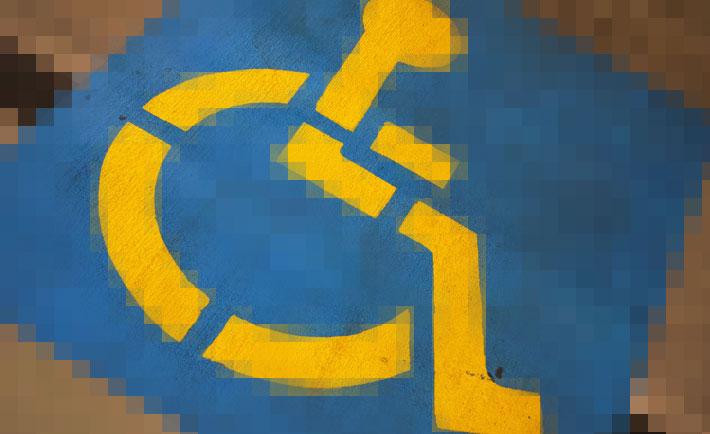Ensuring that marginalized populations have a voice in the political process is a theme that cuts across all of NDI’s programs. People with disabilities, who comprise 15 percent of the global population, are often blocked from aspects of public life. Barriers to participation are not always obvious to those without a disability, but something as simple as a wheelchair ramp can ensure a citizen's ability to exercise her right to vote. Efforts to improve the accessibility of physical spaces, such as polling stations and government buildings, are important, but in an increasingly digital age, it is also critical that people with disabilities are able to access and share information online.
The Internet has become an important space for political expression. From community activists who use social media in advocacy campaigns to candidates who communicate policy positions via their party’s website, all citizens deserve equal access and opportunity online. In fact, the UN Convention on the Rights of Persons with Disabilities recognizes as a basic human right the freedom to seek, receive and impart information and ideas, including use of the Internet. Accessible design is the process by which this right is protected in practice. It helps ensure that everyone -- including those with visual, auditory, physical, speech, neurological and cognitive disabilities -- can use the Internet.
On June 16, NDI hosted an internal discussion with Nick Bristow, a lead web accessibility developer for the 18F team within the U.S. Government’s General Services Administration. During his discussion with NDI staff, Nick shared concrete skills on how to plan and design an accessible website, and cultivate organizational awareness of the needs of people with disabilities.
Depending on the nature of an individual’s disability or disabilities, different assistive tools and approaches may be required. Designing for accessibility means taking these users into account when building a website or online tool. This can include allowing users to adjust text size or color contrast, providing alternate text anywhere an image is displayed so that a screen reader can voice a description of the image aloud, and ensuring that users who cannot operate a mouse can navigate a site using only a keyboard. The World Wide Web Consortium publishes a set of guidelines for designing and assessing a site’s accessibility, but the only real way to learn if a website is accessible is to test it with a wide audience.
While the main focus of web accessibility is people with disabilities, it benefits many others, including older people experiencing age-related vision or hearing loss, people who have low literacy or who are not using their first language, and people with a temporary disability, such as a broken arm. Web accessibility truly benefits a broad range of citizens, and should be the rule, rather than the exception, when designing platforms for online political engagement.
Find other resources on web accessibility below.

